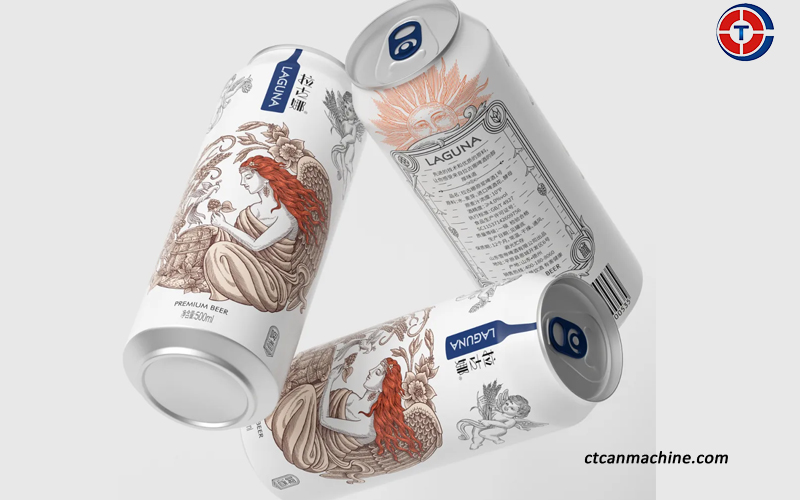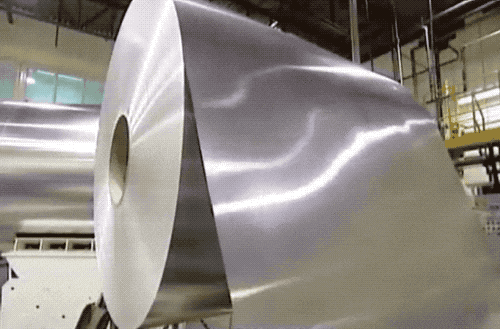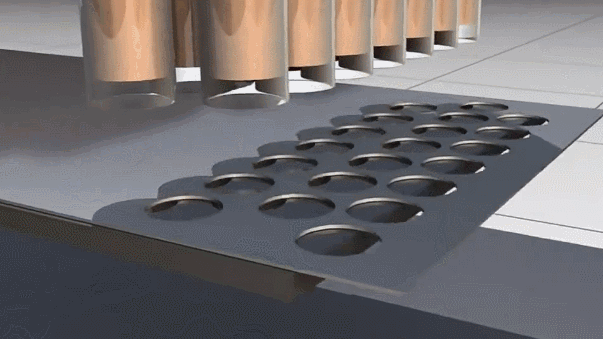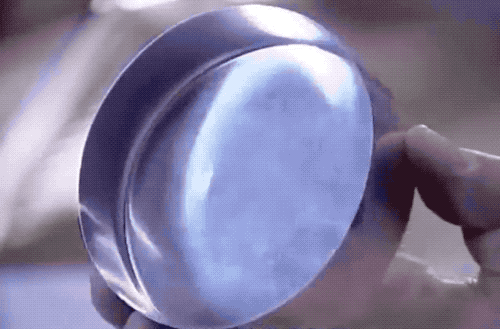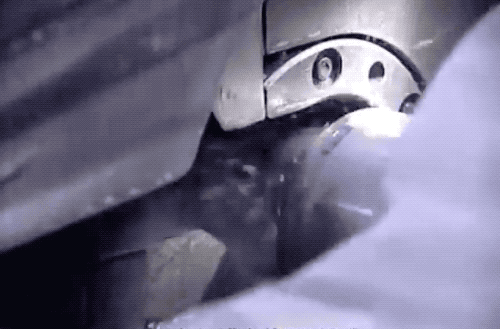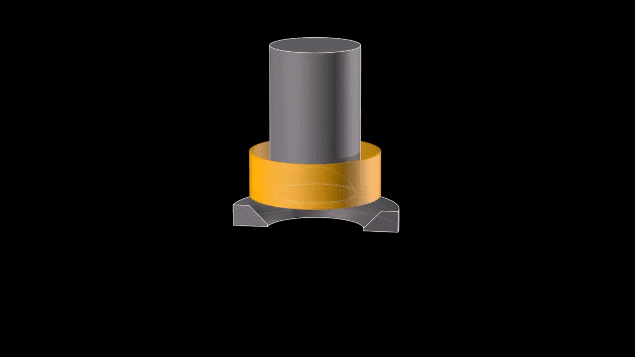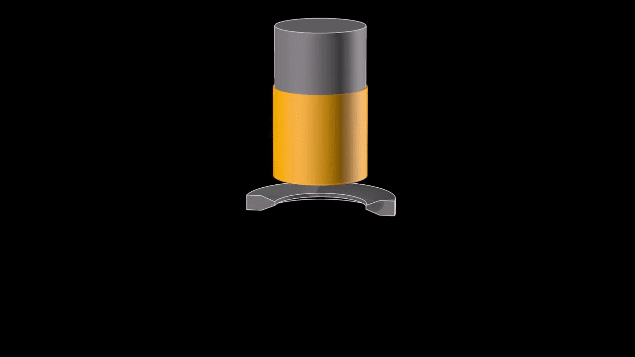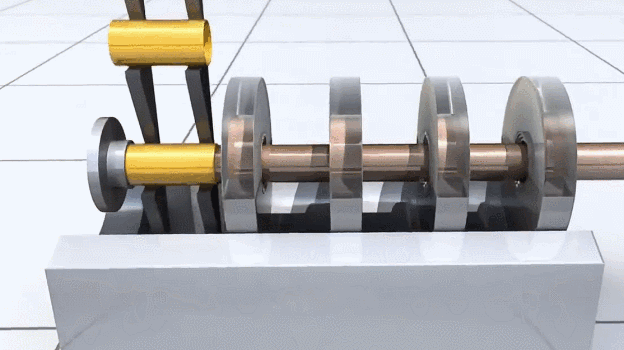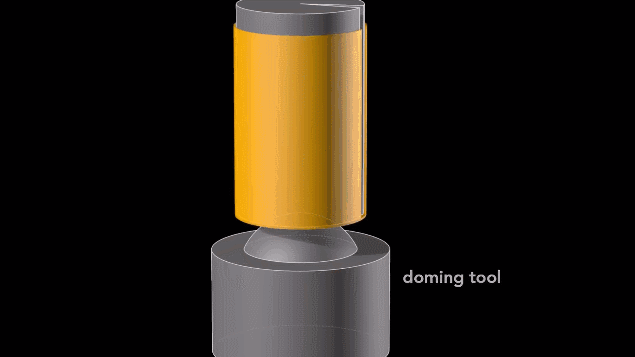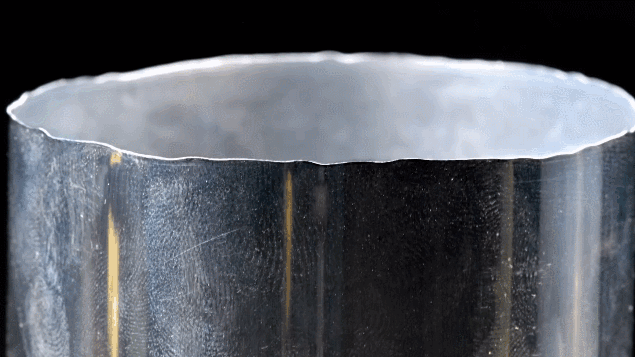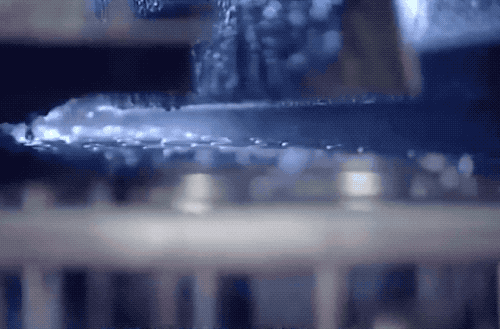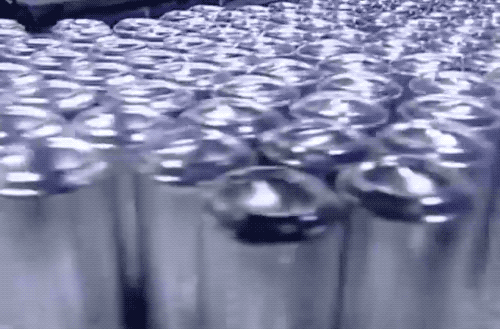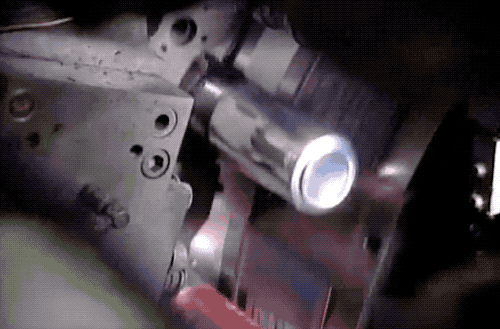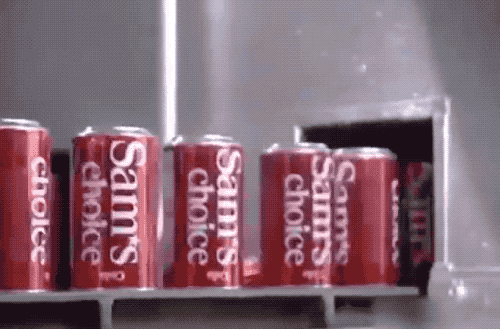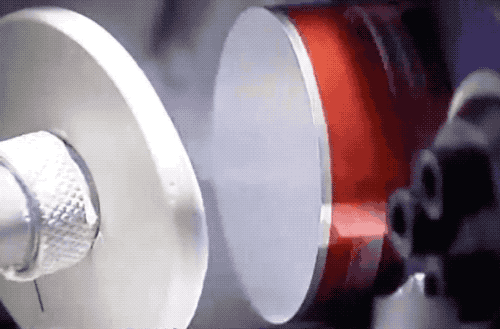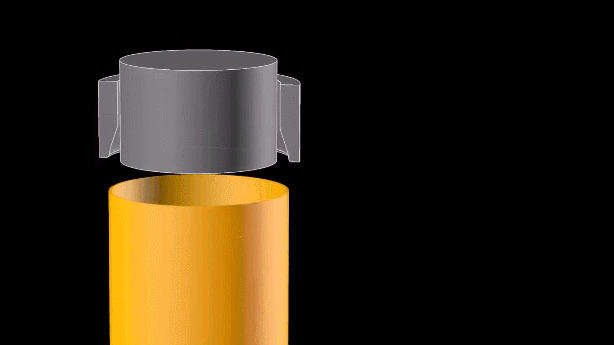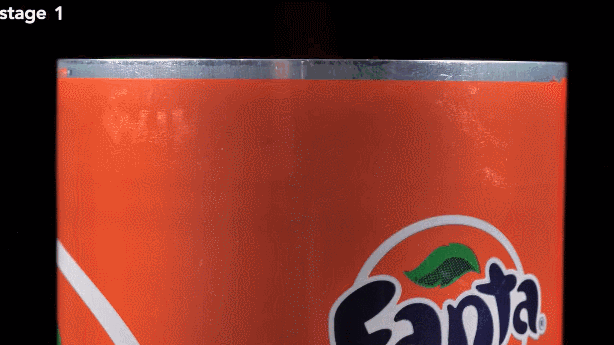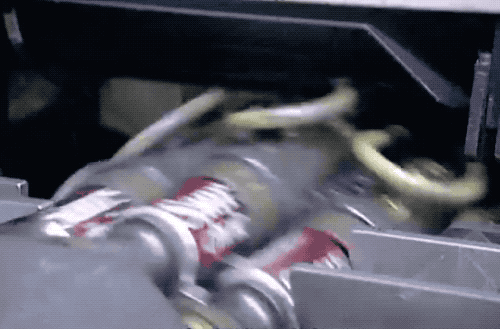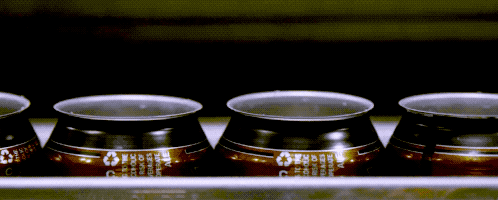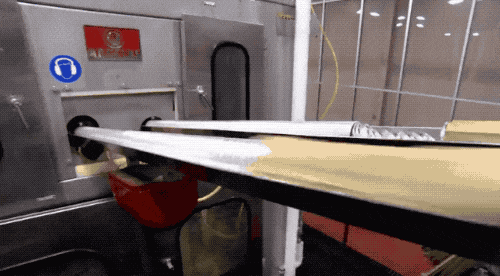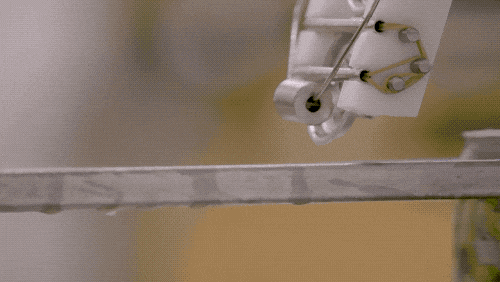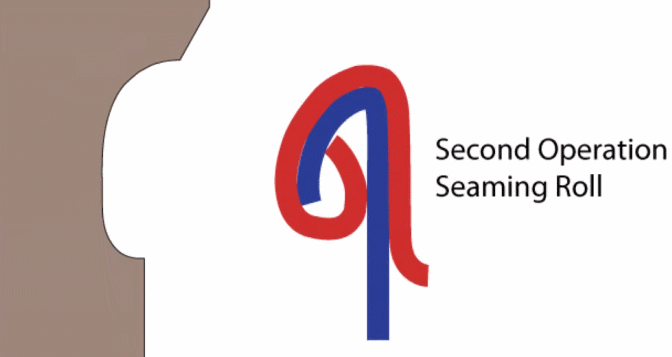Conatact us for the considerable price!
Metal Can Packaging and Process Overview
Manufacturing Process
▶ Drawing: The punched cups are stretched by a drawing machine into the tall, cylindrical shape of aluminum cans.
▶ Deep Drawing: The cans are further drawn to thin the sidewalls, forming the tall, slender can body. This is typically done by passing the can through a series of progressively smaller molds in a single operation.
▶ Bottom Doming and Top Trimming: The bottom of the can is designed with a concave shape to distribute the internal pressure of carbonated beverages, preventing bulging or bursting. This is achieved by stamping with a doming tool. The uneven top edge is also trimmed for uniformity.
---Rinsing with 60°C neutral deionized water.
---After cleaning, the cans are dried in an oven to remove surface moisture.
- A layer of clear varnish is applied to prevent rapid oxidation of the aluminum in air.
- The can surface is printed using curved-surface printing (also known as dry offset printing).
- Another layer of varnish is applied to protect the printed surface.
- The cans pass through an oven to cure the ink and dry the varnish.
- A compound coating is sprayed on the inner wall to form a protective film, preventing corrosion by carbonated beverages and ensuring no metallic taste affects the drink.
To prepare for lid attachment, the top edge is slightly flattened to create a protruding rim.
- Coil Cleaning: Aluminum alloy coils (e.g., 5182 alloy) are cleaned to remove surface oil and impurities.
- Lid Punching and Crimping: A punch press forms the lids, and the edges are crimped for smooth sealing and opening.
- Coating: A layer of lacquer is applied to enhance corrosion resistance and aesthetics, followed by drying.
- Pull-Tab Assembly: Pull-tabs made from 5052 alloy are combined with the lid. A rivet is formed, and the tab is attached and secured, with a score line added to complete the lid.
Can manufacturers produce open-top cans, while beverage companies handle the filling and sealing processes. Before filling, the cans are rinsed and dried to ensure cleanliness, then filled with beverages and carbonation.
A specialized sealing machine curls the can body and lid together, pressing them tightly to form a double seam, ensuring an airtight seal that prevents air ingress or leakage.
Chengdu Changtai Intelligent Equipment Co., Ltd.- A automatic can equipment Manufacturer and Exporter, provides all the solutions for Tin can making. To know the latest news of metal packing industry, Find new tin can making production line, and get the prices about Machine For Can Making,Choose Quality Can Making Machine At Changtai.
Contact us for details of machinery:
Tel:+86 138 0801 1206
Whatsapp:+86 138 0801 1206
Email:Neo@ctcanmachine.com CEO@ctcanmachine.com
Plan to set up a new and cost low can making line?
A: Cause we have leading edge technology for giving the best machines for a wonderful can.
A: That's a big convenience for buyer to come to our factory to get machines cause our products all don't need commodity inspection certificate and it will be easy for export.
A: Yes! We can supply free quick-wear parts for 1 year, just rest assure to use our machines and themselves are very durable.
Post time: Jul-28-2025



